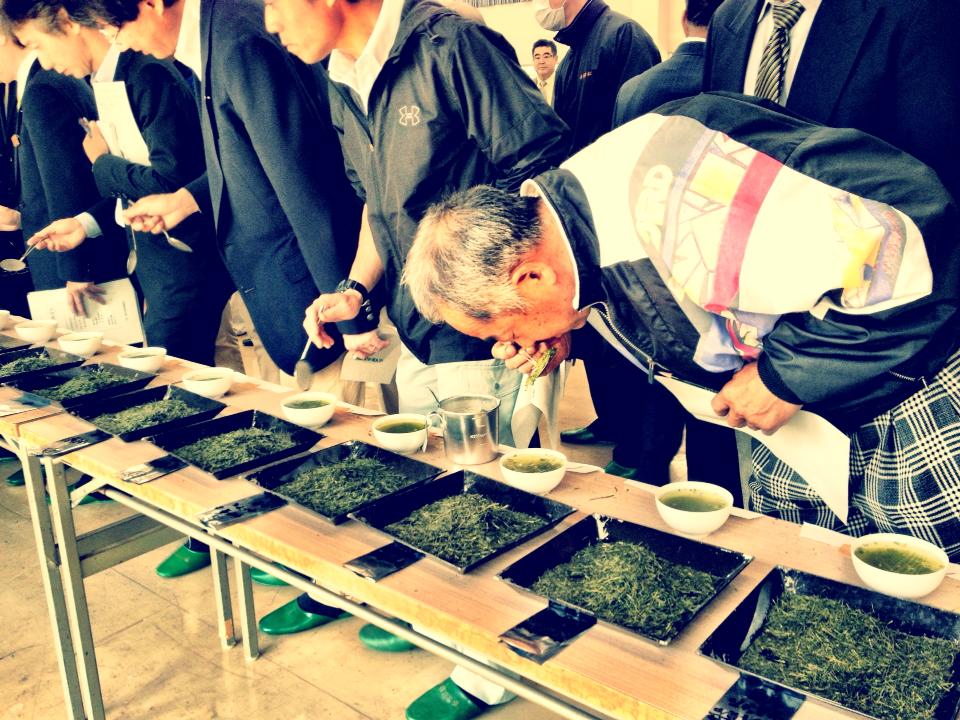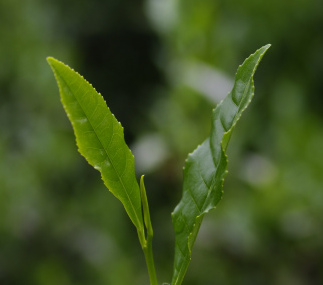I recently saw a video from Japanese tea lover Shizuka Maitani about the final processing and blending of Japanese green tea. It is so interesting that it deserves a...
Tamamidori: The First Cultivar Developed for Making Tamaryokucha
Tamamidori (たまみどり) is a very old tea cultivar, it was registered as Japanese tea cultivar #4 in 1953. Although it is still being cultivated, it isn’t widely available. I...
Pairing Japanese Green Tea With Food
Have you ever paired wine with food? You can do the same with tea. There are different ways to pair Japanese green tea with food, as we’ll see next....
Tea and Wine: A Comparison
Are you a wine enthusiast? Tea and wine are very similar. If you like one, there’s a high chance that you will enjoy the other one as well. In...
The Musashikaori Tea Cultivar
The Mushashikaori tea cultivar, meaning “Musashi aroma” is named after the Musashi province, which encompassed what is now Tokyo and Saitama prefectures. It was registered in 1997 as Japanese...
The Unkai Tea Cultivar
The Unkai (うんかい) cultivar is named “sea of clouds” (雲海) and is used for making kamairicha. It was developed by the Miyazaki Agricultural Research Institute and registered in 1970...
Measuring Loose Leaf Tea: Weight vs Volume
Have you ever tried measuring tea leaves to make a cup of tea by weight instead of volume? Most tea drinkers just use a teaspoon and there’s nothing wrong...
The Takachiho Tea Cultivar
Takachiho (たかちほ) is a special cultivar in the sense that it was developed for kamairicha production. This cultivar is named after Takachiho (高千穂) town in Miyazaki prefecture and was...
How to Store Green Tea
Unfortunately, green tea degrades quicker than other types of tea. Now that you’ve bought a premium green tea, make sure that you don’t let it go stale, or even...
The Sayamamidori Tea Cultivar
Sayamamidori (さやまみどり, Sayama green) is an old cultivar, it was registered in the same year as the popular Yabukita cultivar. It is the first cultivar developed by the Saitama...
Why is Houjicha low in caffeine?
Houjicha is known to have lower levels of caffeine than other Japanese teas. It’s common for children to drink it in Japan because of this notion. This tea is...
The Sayamakaori Tea Cultivar
The Sayamakaori (さやまかおり) cultivar is named after the Sayama tea region, which encompasses Saitama prefecture and a small area of northwestern Tokyo. This cultivar is fairly popular, but not...


